Questioning graffiti and street art as acts of resistance
Over the past half century, not only has there been an increase in the amount and types of graffiti and street art appearing in large urban centers, but so too has attention paid to this type of urban public art.
One of dominant questions, however, that pervades this activity is why do people and groups engage in graffiti and street art?
Temporarily setting aside definitions of graffiti and street art, since the emergence of these activities, one of the dominant perceptions is that graffiti and street art are acts of resistance.
Indeed a considerable amount of graffiti and street art has been produced during major social and political revolutions, protests (e.g., Black Lives Matter), and campaigns of resistance (e.g., against the Russian Invasion of Ukraine), etc. (thus leading to the term conflict graffiti), but there is a significant amount of graffiti/street art that is put up that bears no connection to these types of events.
Thus to suggest that all work done by street art luminaries such as Banksy or Shepard Fairey, for example, are works of resistance is a gross simplification of their body of work.
Based on similar arguments, some graffiti and street art practitioners and observers, will go so far as to suggest that graffiti is resistance, but street art is not. This, they argue, is tied to their unique (often non generalizable) definitions of these practices.
The reality is that some, but not all, graffiti and street art are acts of resistance, and thus to imply or infer that all graffiti and street art falls in to this category is probably some combination of romanticism and sloppy homework.
The latter argument probably derives from a failure to (or poor execution there of) to talk with, interview, or observe individuals who engage in graffiti/street art, or to immerse oneself in the scholarly literature on this subject.
I suspect that some of the people who subscribe to the graffiti and street art is resistance also suggest that all crimes are acts of resistance. An argument left for another day.
Notwithstanding the fact that many graffiti writers and street artists may have difficulty articulating why they do this sort of activity, in principle, there are as many different causes (i.e., anger, fun, sneaky thrills, recognition, etc.) as there are people who engage in this activity.
In short, whether we are talking about the causes of graffiti and street art or almost any kind of human behavior we should be careful and suspicious about any sort of monocausal explanations, Often times the message is ambiguous and thus to infer that resistance is the only or most dominant cause should be questioned.
Photo Credit: Daniel Lobo
#resist

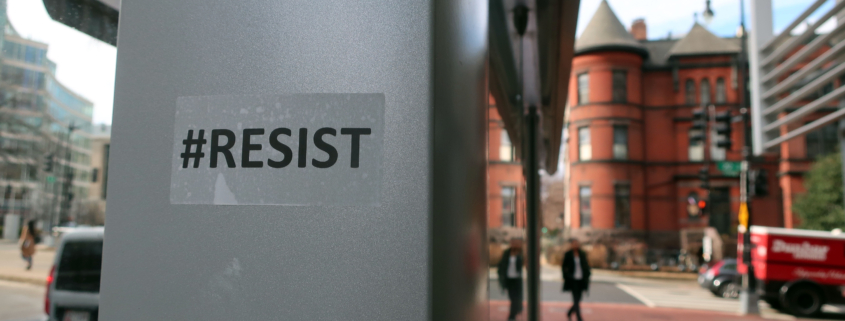
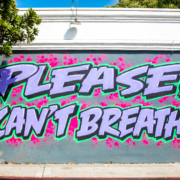

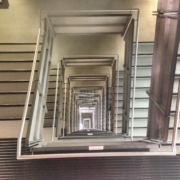
 https://rosarubicondior.blogspot.com/2021/02/trumps-legacy-how-trump-made-america.html
https://rosarubicondior.blogspot.com/2021/02/trumps-legacy-how-trump-made-america.html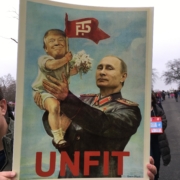
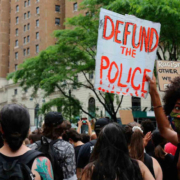

 Creative Commons
Creative Commons

